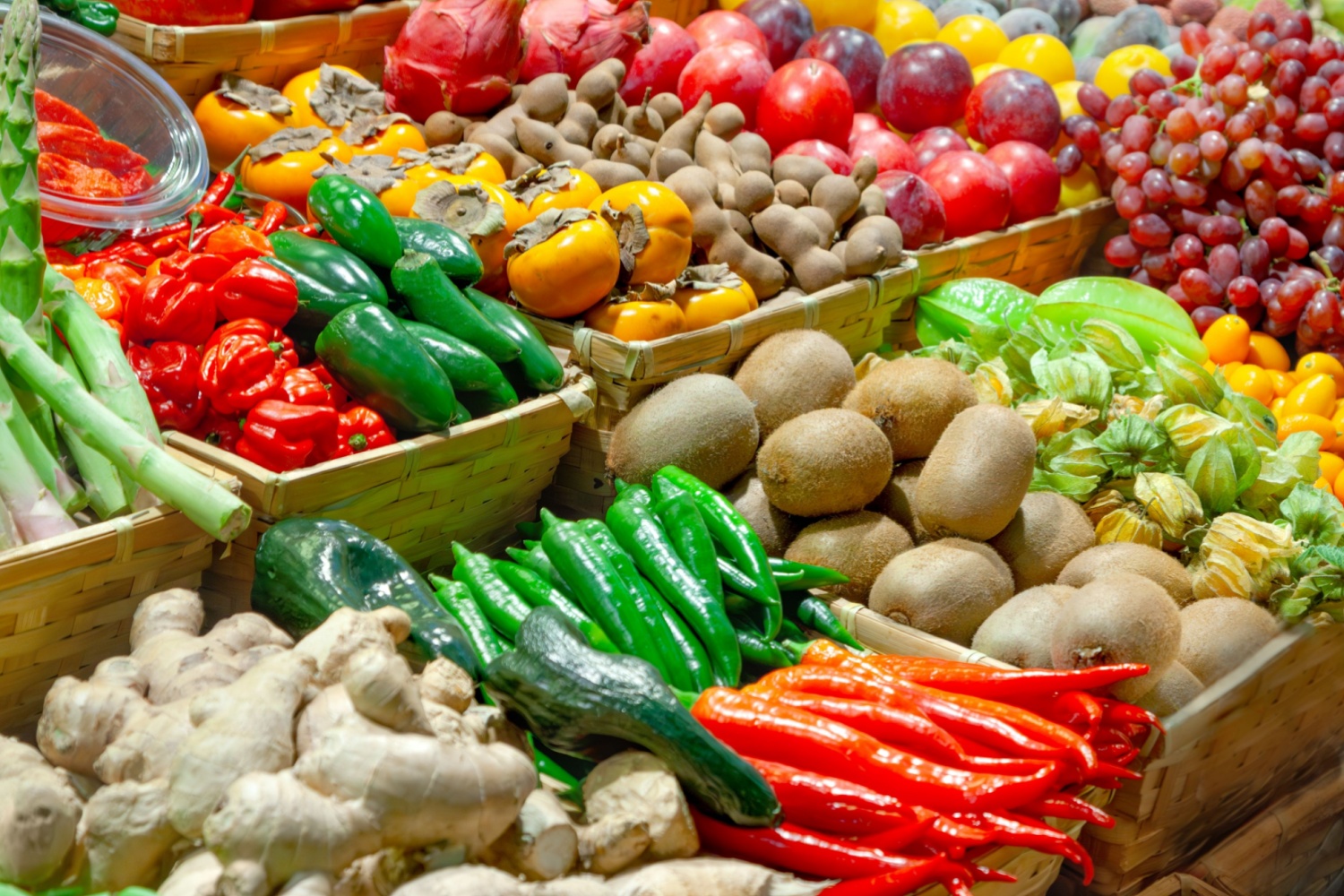Maybe you were one of those kids—you know, the type that just would not eat certain kinds of vegetables. Maybe all vegetables at the dinner table. Creative methods, perhaps, were required to have you consume your beets or peas or whatever vegetable was on your plate. Coercion tactics like that, for example.
Well, when it comes to trying them on someone older who does not eat their veggies, then again, stick around as North Dakota State University Extension expert Julie Garden-Robinson provides several tips and strategies to employ to help adults—kids too—eat the recommended daily serving of four to five cups of vegetables and fruit.
“One thing you can do is try different food preparation methods. Vegetables can be made in a variety of ways, from roasting them to microwaving to grilling,” Garden-Robinson said.
And beyond—how to prepare vegetables as part of delectable dishes. Consider what appliances to prepare veggies in.
“You might want to use a multi-function pressure cooker or an air fryer,” Garden-Robinson adds. “Let’s not forget the reliable slow cooker. Those have been around for many decades, and they also are a good way to make soups, stews with a lot of the colorful produce that we have available.”
Snacking on vegetables is always a healthy idea. Some tips to have produce handy for snacking include:
“You might want to check out having some carrot sticks or celery or something like that. Pre-package them so they’re ready to go. We’re more likely to grab and go fruits and vegetables if we don’t have to pause and peel and do all those sorts of things. And if you really like a dip, it’s not a bad thing. Have some hummus, which is made from chickpeas,” she said.
Now, one area that consumers lack regarding vegetable consumption is eating enough dark green and dark gold vegetables.
“Maybe put a little concentration on that area. Consider tracking your vegetables and fruits for a couple days and see—oh, I’m not eating any vegetables, or I’m only eating three a day,” Garden-Robinson said.
And keep in mind:
“The freezer aisle is certainly an excellent place. Frozen vegetables and fruits are harvested at their peak quality and quickly frozen, so they have that good nutritional value,” she said.
When going out to eat at a restaurant:
“Consider getting the side of vegetables,” she said.
Increasing salad consumption works to increase your daily recommended servings of vegetables and fruit. Keep in mind, though:
“It’s easy to overwhelm your salad with dressing, so ask for the salad dressing to be served on the side. And some people even like to dip the tines of their fork in their salad dressing and then into their lettuce leaf,” Garden-Robinson said.


